
How to make the olifer do it yourself Useful advice
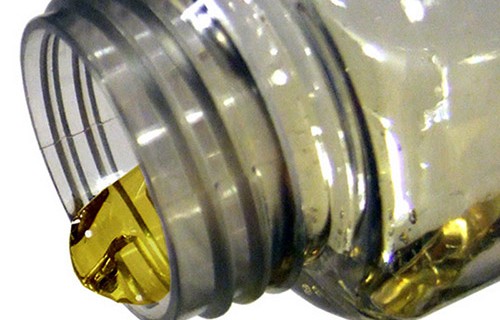
Creating a cozy home interior underlies any housing construction, and working with a tree is its integral component. This is a special type of finish, requiring certain knowledge and skills. Tree treatment includes not only grinding and decoration, but also protection of natural material. Olife is capable of not only to protect the tree from damage to parasites, but also give him a unique "warmth" by creating a perfect home interior.
Content
Natural olifer serves for breeding thick oil paints for interior decoration. It impregnate wooden surfaces to protect against external factors. Olife also plays the role of plaster before treating wood with oil paints. Quality Olife is good for both internal and external work.
How to cook Oliph
Olif can be loose in a construction store. But a huge selection is often misleading and makes it get lost in guesses, which product is better. Taking advantage of simple instructions, you can make Olifier with your own hands in your own kitchen. In this case, you will be confident in the naturalness of all ingredients, and therefore - as the Oliphea itself.
Linen Oil
Previously, the Olif was made by cooking and used for this exceptionally linseed oil.
For the preparation of classic olifa, you will need:
• any metal vessel (plate, basin, bucket, pan);
• heating device (kerosecan, gas or electric stove);
• linseed oil;
• rosin;
• Manganese peroxide;
• gloves;
• Respirator.
During the preparation of linen olifa, it should be remembered that the oil can ignite, so it is not worth pouring it too much - enough 3/6 of the total.
Pour the oil into the iron container and heat on slow heat. First it will be seen how the oil allocated water. This happens when its temperature did not reach 110 degrees. After that, the water begins to evaporate. Make sure that the heating temperature does not exceed 160 degrees.
Flaxseed oil should languish on slow heat at a temperature not higher than 160s about 4 hours. When all the water evaporates and stopped forming foam, you can add a sequivalent at the rate of 30-40 g / 1 liter of oil. With the introduction of a sequence, a lot of foam is formed, so it is necessary to do it as slowly and carefully. After that, cook a mixture for a few minutes on a weak heat and leave cool at room temperature.
A manganese sequivator or rubber is a particular excipient that contributes to the speedy drying of the Olifla. It is also present in oil paints, performing the same function.
To prepare a sequing, it is necessary to mix rosin and manganese peroxide at the rate of 100: 5. At first, 100 parts of the rosin should be melted in a separate container at 150c, after which it is gradually adding to 5 parts of manganese peroxide. Note that the mixture will be strongly foaming, so each part of the manganese should be added as foam descending. When all the ingredients are mixed, increase the temperature to 200 ° C and cook for 3 hours. You can check the readiness of the sequivation by drunk on the glass - if the drop is transparent, the process is completed.
Olife from sunflower oil
Such a olifa is a wonderful and publicly available alternative to linen recipe. It is the same as genuine, leaves an elastic durable film on the surface and perfectly protects the tree. The only one, the color of sunflower oil will be much lighter. This can take advantage of designer tricks during the creation of a cozy interior. You can prepare such olif in two methods - cold and hot. In the second version, the film on the tree is particularly durable.
Regardless of the preparation method, sunflower oil must be heat treatment. The removal of water from the oil and the oxidation of impurities in its composition is an integral component of the process of cooking Olipha.
- Fill the iron tank with oil on 3/5 volume and put on a slow fire.
- When the temperature reaches 110-120 degrees, foam isolation and dehydration will begin.
- Great oil, supporting temperatures up to 170 degrees 3-5 hours.
- When the water is completely evaporated, increase the temperature to 280s. It will be visible how distinct dark flakes are distinguished from it.
- Cool oil and strain through the filter (march, felt). The basis for cooking Olifa is ready.
Helpful advice: To check whether oil warm up to 260-280 ° C, lower a goose or pigeon feather into it. If its edges are wrapped and moved, you have achieved the necessary temperature. To "tame" a richly protruding foam, pour a slightly ready-made cold olifa into the iron container.
- Cold way - heat the oil base to 120-150s and, continuously stirring, add a sequence at the rate of 5-8% of the oil volume. In order to maximize the process, it is first better to mix a sequing with an equal amount of oil base, and only then add to the bulk. If the foam is highlighted too abundantly, reduce the speed of the administration of the sequence and strengthen the stirring. When the ingredients are connected, turn off the fire and cool the olive at room temperature.
- A hot way - heat the oil base to 170s and gently enter the sequivat on it per 1,5-2% of the total mass. Sikkativ must be pre-tightened with an equal amount of dehydrated sunflower oil. When the entire sequing is added, and the foam no longer stands out, heat the mixture to 280s. Continuously stirring the future olive, maintain the cooking temperature of about 4 hours before getting the desired viscosity degree.
Impregnation of Olifoy
Before the painting of any wooden subject or surface, it is necessary to carry out pre-processing. Impregnation Olifa is needed to protect the tree from destruction and provide a high-quality base for paint or varnish.
Natural Olife will give the tree a warm and natural shade, which is not afraid of years. Special qualities of the mixture are able to emphasize every fiber of natural material and give it a spectacular and expressive appearance. Due to the high protective qualities of the film that firmly covers the surface, the tree does not suffer from parasites (termites, fungi, mice), no from random mechanical damage (scratches, spots, dents).
Methods of impregnation with oil:
- Hot olifa - impregnation is carried out in a water bath and is suitable for small items. Wooden detail omitted in a container with hot oil, to withstand there from 3 to 8 hours and dried for 4-6 days. If you add 2-3% lead turbine to Olif, the impregnation will be higher and dry is much faster - in just 2-3 days.
- Oil olive with kerosene - mix ingredients 1: 1. It can be used both in cold and hot. If you use a cold olive, then withstand wood 1-2 days, if hot - about 3 hours. Dries in 2-3 days.
- Olife with turpentine and paraffin - mix 10 parts of olifa with 2 parts of the turpidar and the 16th parts of the paraffin. Paraffin pre-dissolve in turpentar, heating a mixture on a water bath. Enter in Olif and mix. Cove the hot olphic tree. Drying for 2-3 days.
- Olife with wax - on 10 pieces of olifa 1.5 parts of wax. Wax is crushed (grate) and add to hot olive. Drying for 2-3 days.
Processing Olifa is a very responsible process that does not end after applying it on a tree. Before continuing to work with the surface, it is necessary to wait a certain time until the olive dries. Drying speed directly depends on the quality of the source materials, the nature and quantity of the sequence.
Olife with polymetallic sequivats dries much faster than the olifa, which contains monometallic sequivals. For example, if you add a manganese or lead sequing to natural linen olive, it will dry in 12 or 20 hours, respectively. If you add a manganese-lead sequiva to it, drying speed will be reduced to 7.5 hours.
Also, the duration of drying is largely affected by the temperature and humidity of the air. The olive with a cobalt sequivoma will dry one and a half times faster, if you increase the temperature to 25c. A manganese seborative under such conditions will dry 4 times faster. Air humidity in all cases should not exceed 70%.
What can replace Olif
If it is not possible to buy or prepare a natural olive, you can replace it with a means that will protect the tree is not worse.
Mix casein with soap mortar and haired lime:
- casein - 100 parts;
- soap solution - 10-15 parts;
- haired lime - 20-50 parts.
Mix the ingredients thoroughly and gradually add turbid (25-35 parts). Dilute with water to the consistency of ordinary thick olifa. Casein lime can fall into the sediment, but this can be avoided by adding a small part of the ammonia alcohol.
Such a solution is much cheaper than olifa GOST from any store. However, it can successfully replace it in all respects. It dries it much faster than the oil. It can also be mixed with oil paint for indoor and exterior decoration. Resistance to water and mechanical shocks makes it an excellent alternative to the natural olife. In addition, the composition is perfectly kept on metal products, giving them shine and protecting from scratches.
New comments
Add a comment
To send a comment you need authorize.




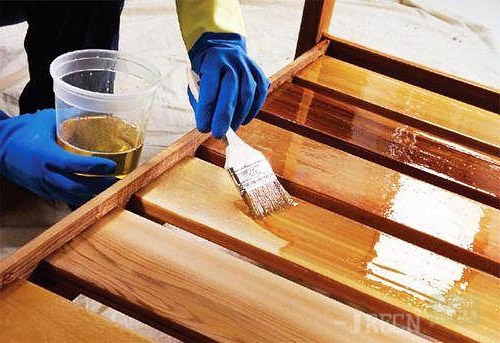
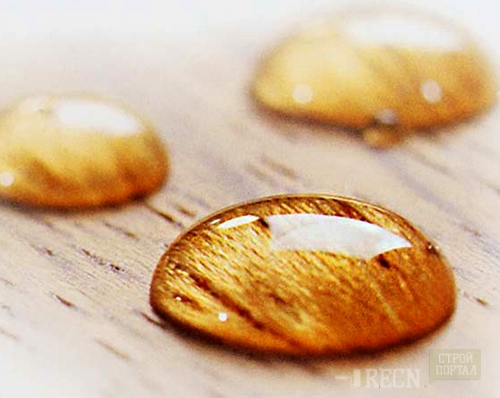
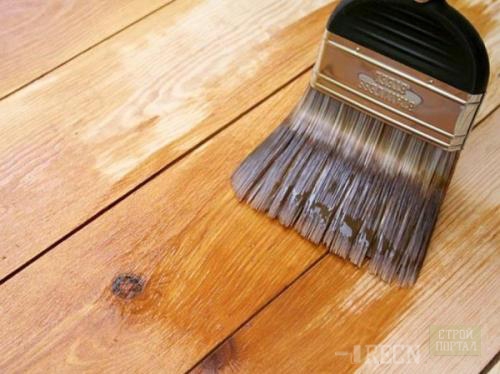
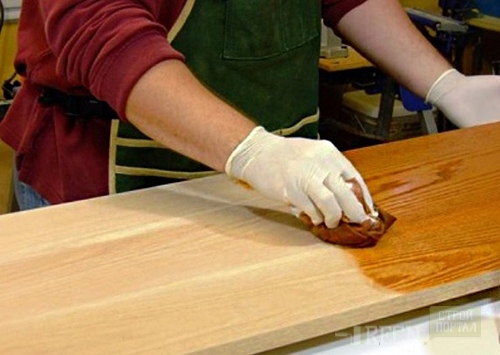















Clearly and essentially. Thanks. Olife costs more than 100 rubles / l, and never know what they will be sold. I bought sunflower oil for 35 rubles / l and a sequivalent. I will cook yourself)
Many thanks for the article !!! Clearly described, with warnings about danger and with intricacies in the manufacture. Nice to read.
Everything is clear, it is not clear how to get a manganese peroxide?
Didn't you know how to get manganese peroxide? I am also confused ..
as I understood, it is necessary to add hydrogen peroxide into manganese and the outlet will be potassium hydroxide, magnesium dioxide (which is needed) and oxygen. It remains to rinse with water (peroxide manganese does not dissolve in water)